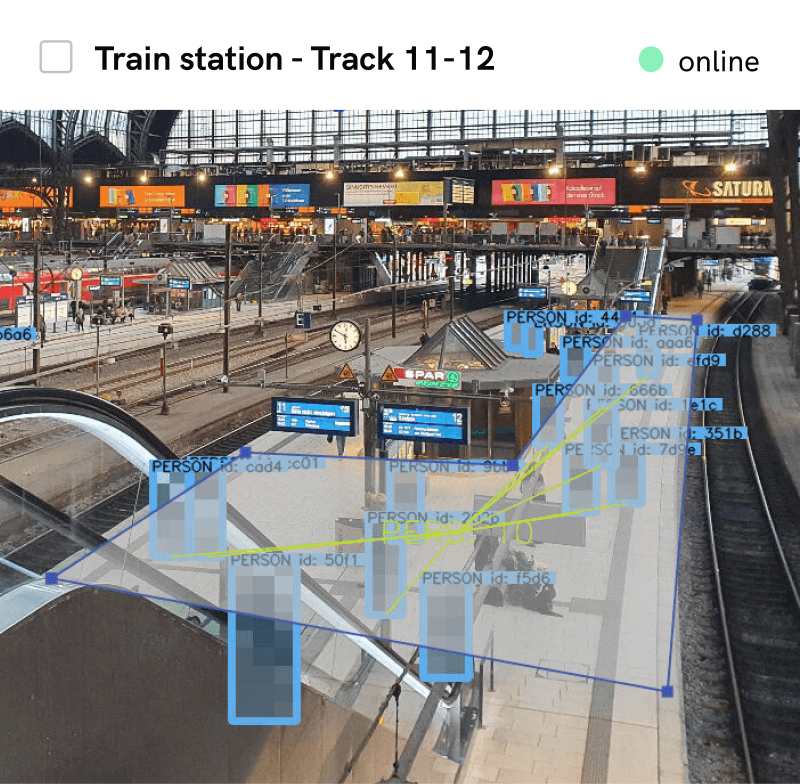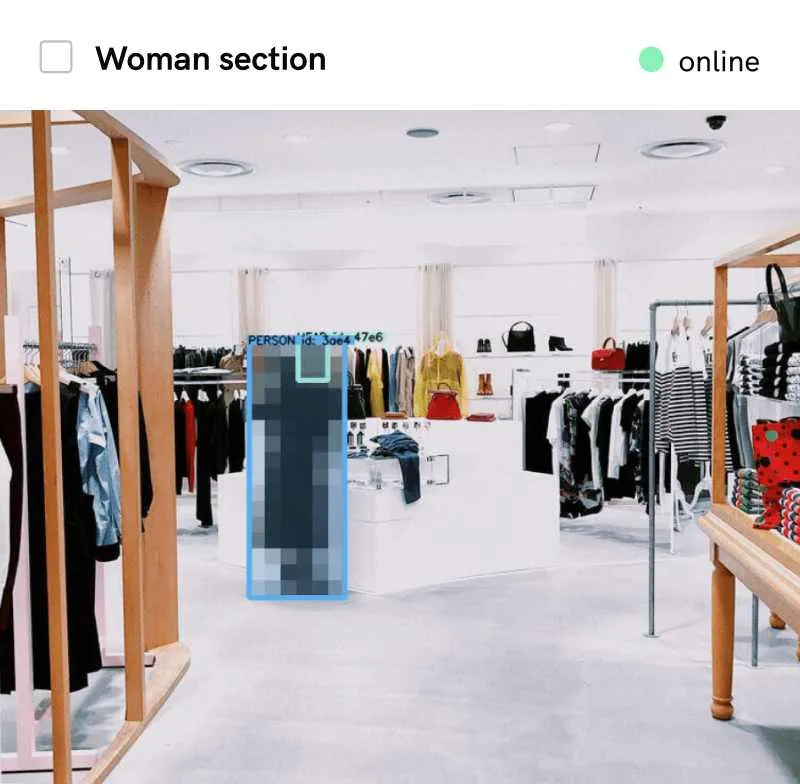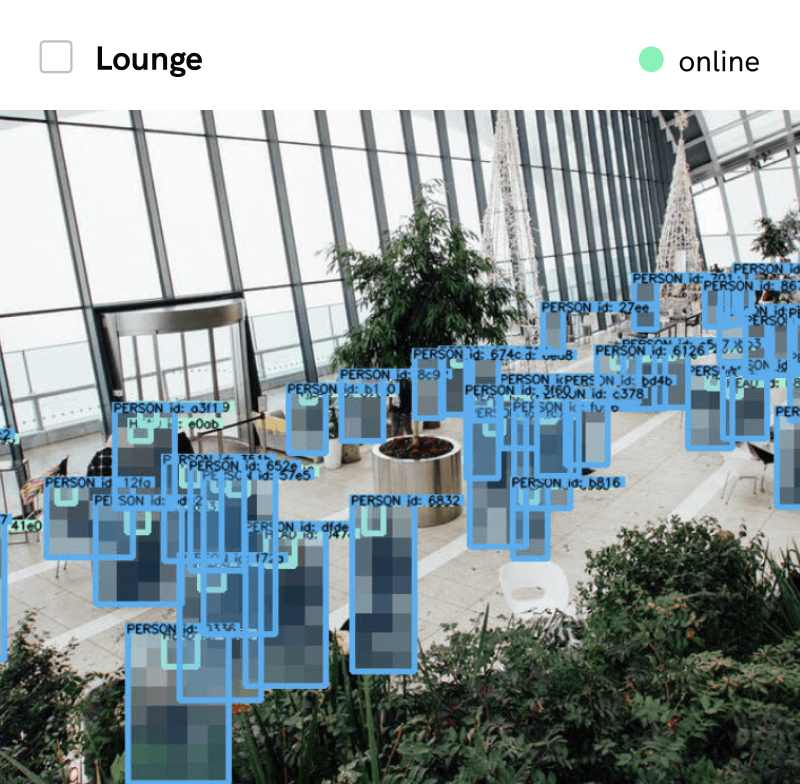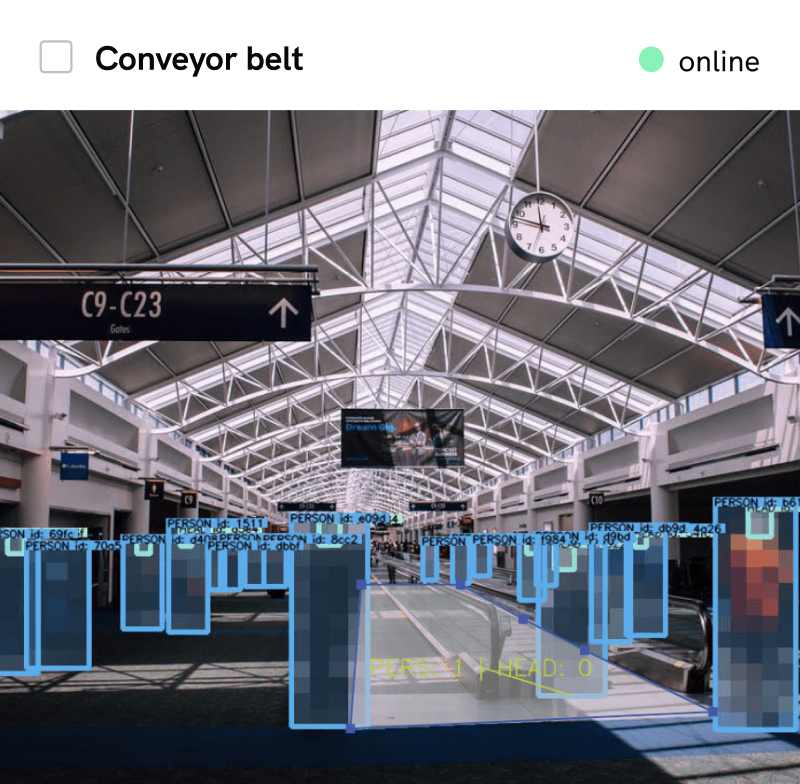Automatic Passenger Counting (APC) Systems - An Overview
Discover how Automatic Passenger Counting (APC) systems work. Explore different technologies, strengths and weaknesses, and the AI-powered solution by Isarsoft.
Published
June 4, 2025

Automatic passenger counting systems (AFZS) are systems for automatically recording the number of passengers in public transport vehicles. This article aims to provide an overview of the different types of automatic passenger counting systems that exist. The strengths and weaknesses of each approach are examined.
Why passenger counting is necessary
A thorough analysis of traffic flows is needed to ensure that public transport is designed to meet demand. In associations with several providers, the association revenues must be distributed fairly among the individual providers. To ensure this, it is common practice to conduct passenger surveys at certain intervals.
Typical questions that need to be solved in this context:
- Number of persons in the vehicle (utilization)
- Fluctuation at each stop
- Ticket type
- Entry, and exit point
- Age of passengers
- Occupation
- Gender
- Use of other means of transport
Since such surveys have to be carried out over a long period of time and over a wide area in order to be able to draw conclusions, they are often accompanied by a large financial outlay.
A further complicating factor is that even with a high survey density, individual aspects that do not occur permanently or only locally cannot be recorded.
To overcome these problems, there is an effort to automatically and continuously capture as many of the above issues as possible.
Over time, different approaches have developed that have different strengths and weaknesses.
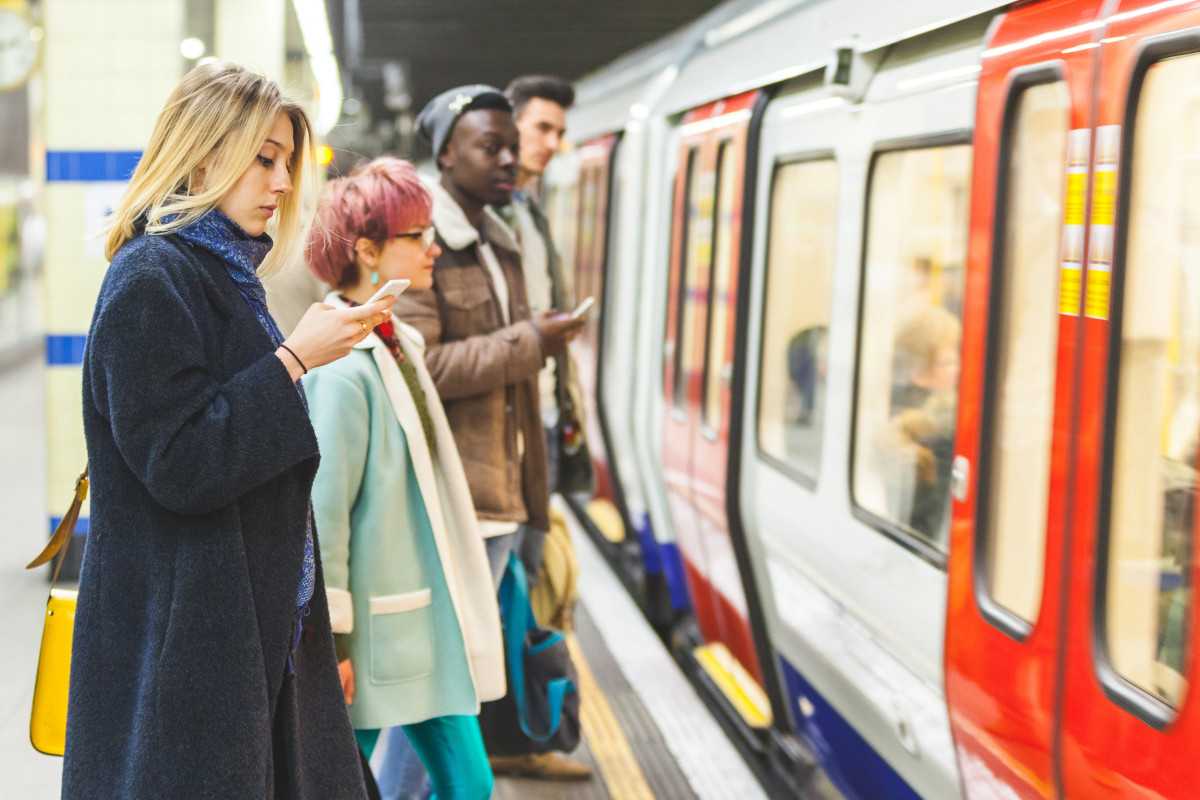
Solutions for automatic passenger counting (APC)
With light barriers on the doors
A relatively simple way to measure the number of people in the vehicle is to install a light barrier in each door. Depending on the deviation from the undisturbed state, the system detects whether a person enters or leaves the vehicle. With the help of the fluctuation per stop, the total number of passengers during a trip can be measured.
The weakness of such systems is that the simultaneous entry and exit of several people is often not detected correctly. Bicycles and baby carriages are also a problem, as they are not detected by the light barrier. In addition, there are the additional costs for the sensor technology.
Not to be neglected is that each incorrectly detected entry and exit has a negative effect on the accuracy of the total number of people. Over the duration of a trip, the error can increase steadily.

Pressure sensors in the seats
An alternative way of measuring occupancy is to use pressure sensors in the seats. If a seat is occupied, the sensor inside sends a signal to the associated control unit.
The disadvantage of this method is that only the seat occupancy rate is considered. Especially in rush hours, however, a large part of the passengers are often standing. Furthermore, the costs of such a system are relatively high because each seat must be equipped with a sensor.
Train weight
Each person increases the total weight of the train. Measuring the total weight of the train and subtracting the empty weight gives a rough estimate of the occupancy of the train.
Measurement of the radio signals
Most people carry electrical devices such as smartphones that emit signals like WLAN, Bluetooth or LTE. By measuring these signals, you can infer the number of people in the vehicle.
However, some people carry multiple electronic devices or none at all, which decreases counting accuracy.
Ticket apps
Apps for purchasing tickets on passengers' smartphones can be used as a source of information for passenger counting. However, in rural areas as well as in tunnels, the internet connection and GPS location can be poor or distorted, making it difficult to measure the occupancy of individual vehicles. As long as analog ticket sales still exist, ticket apps provide only partial information.

At entrances and exits with payment barriers
Payment systems like the one in the picture below can record the number of people on the network. Unique payment card identification numbers can also record the origin and destination of each passenger.
For such an approach, each entrance and exit to the network must be equipped with appropriate payment barriers, which means that the financial outlay is correspondingly high. In addition, it must be ensured that in an emergency, the payment barriers do not stop passengers leaving the buildings. This may even require structural measures.
Another disadvantage of such an approach is that the utilization of individual vehicles is not recorded.
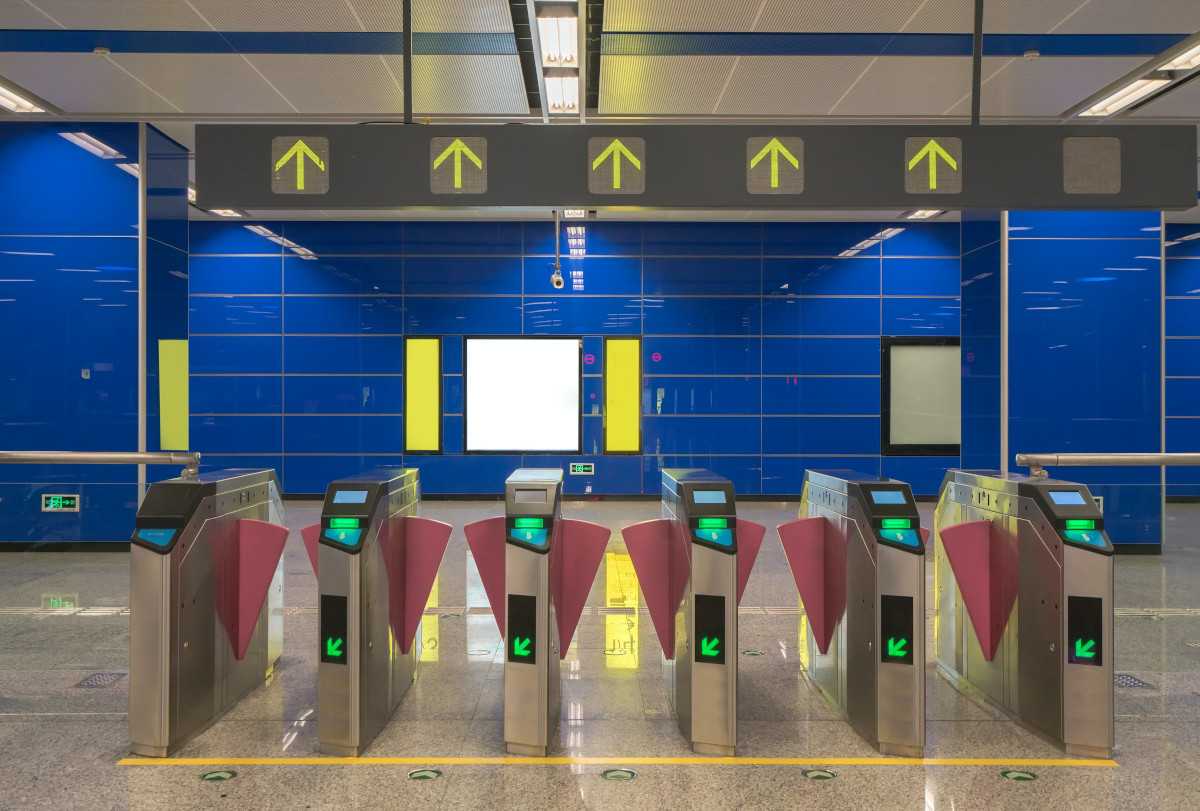
At entrances and exits with security cameras
The inflow and outflow into the network can also be measured with security cameras. This approach cannot capture the route of passengers, but it is easier and faster to implement than using payment barriers.
With cameras in doors
Camera systems in doors are usually installed in the center of the door and detect the entry area from above. Modern image processing is used to detect whether a person is entering or leaving the vehicle.
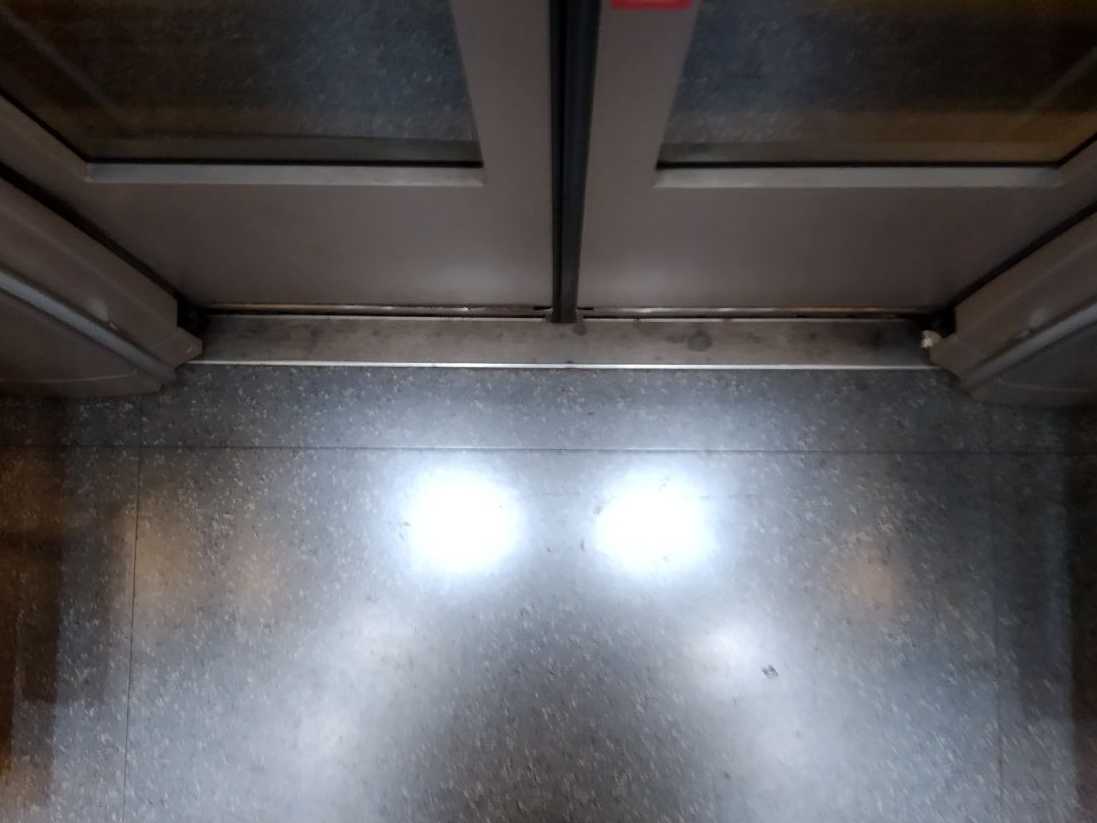
Security cameras in vehicles
Cameras are often already installed in many public transport vehicles for safety reasons. In addition to being used as evidence in the case of crimes and for the prevention of such, the recordings can also be used to evaluate the utilization of vehicles.
Unlike cameras in doors that measure people entering and exiting the vehicle, the number of people in the vehicle is recorded directly. This has the advantage that measurement errors do not accumulate over time.
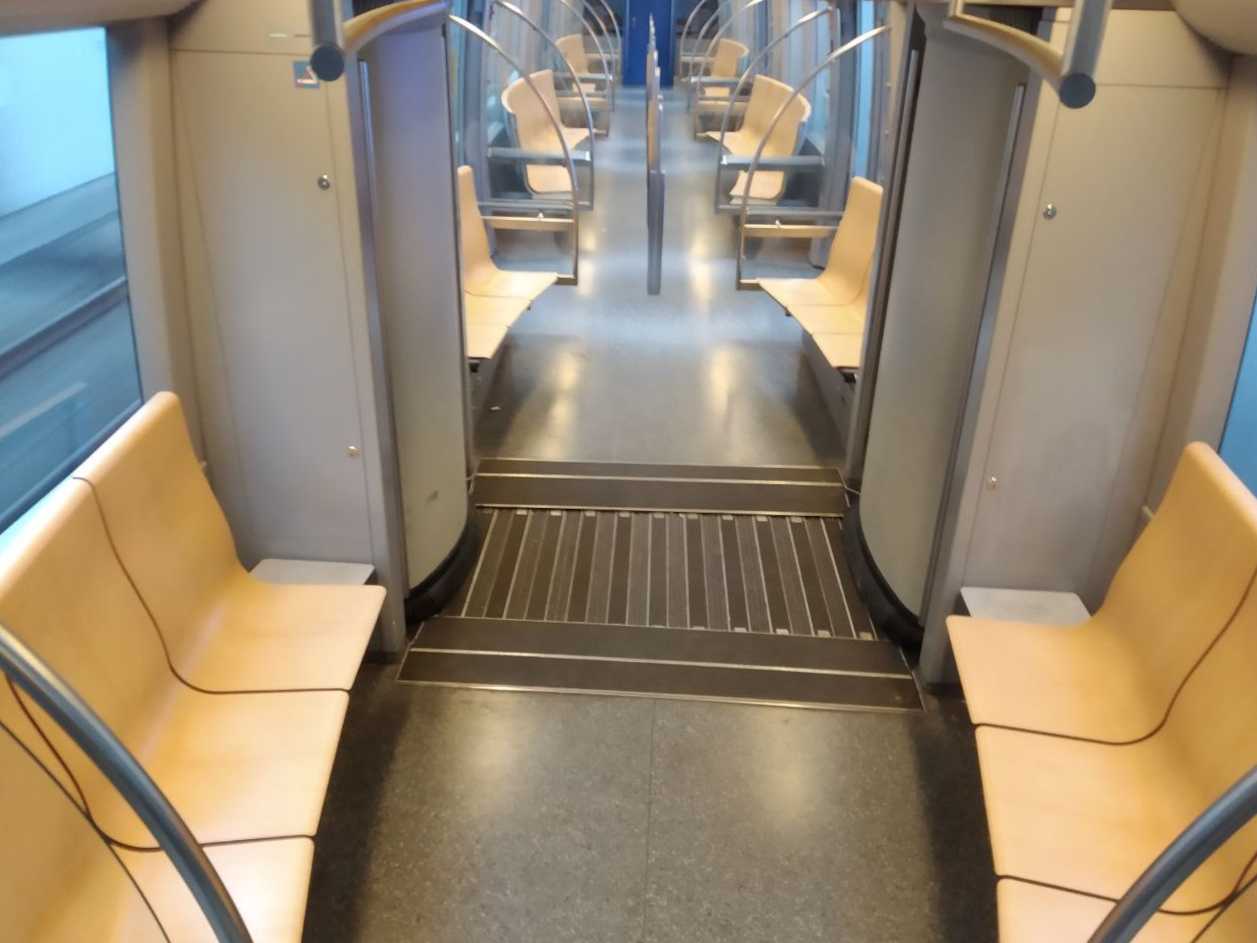
3D sensors or stereo cameras in doors
Special 3D sensors or stereo cameras in the doors provide additional information on the height of people. This additional information is intended to increase robustness and accuracy, but comes at a significantly higher cost than simple security cameras.
The Isarsoft approach
The Isarsoft approach is to keep sensor costs low by using security cameras. Isarsoft software is based on artificial intelligence that mimics the human ability to see. In this way, high accuracy can be achieved without using expensive 3D sensors.
Existing cameras can be used regardless of their positioning by installing an additional computing device either in the vehicle, in an on-site data center or by using the computing capacity of the Isarsoft cloud.
Isarsoft also works with camera manufacturers to perform the calculation directly on the camera. In addition to people counting, Isarsoft algorithms also detect other objects such as bicycles and trains that are relevant for public transport.
If you have any questions about which approach is best for you please feel free to contact us. Our experienced consultants will be happy to provide you with customized information for your application.
More detailed information about the Isarsoft approach is provided in the articles passenger counting in busses and passenger counting in trains.
Video analytics does not only aid people flow measurement but can also enhance security. In the article on how video analytics improves security and safety at train station platforms we provide more in-depth information on security aspects of video analytics.
More about Isarsoft
With Isarsoft Perception, your camera systems become part of your business intelligence. Whether the goal is to increase efficiency, customer satisfaction or safety, Isarsoft Perception provides the insights needed for informed decisions.
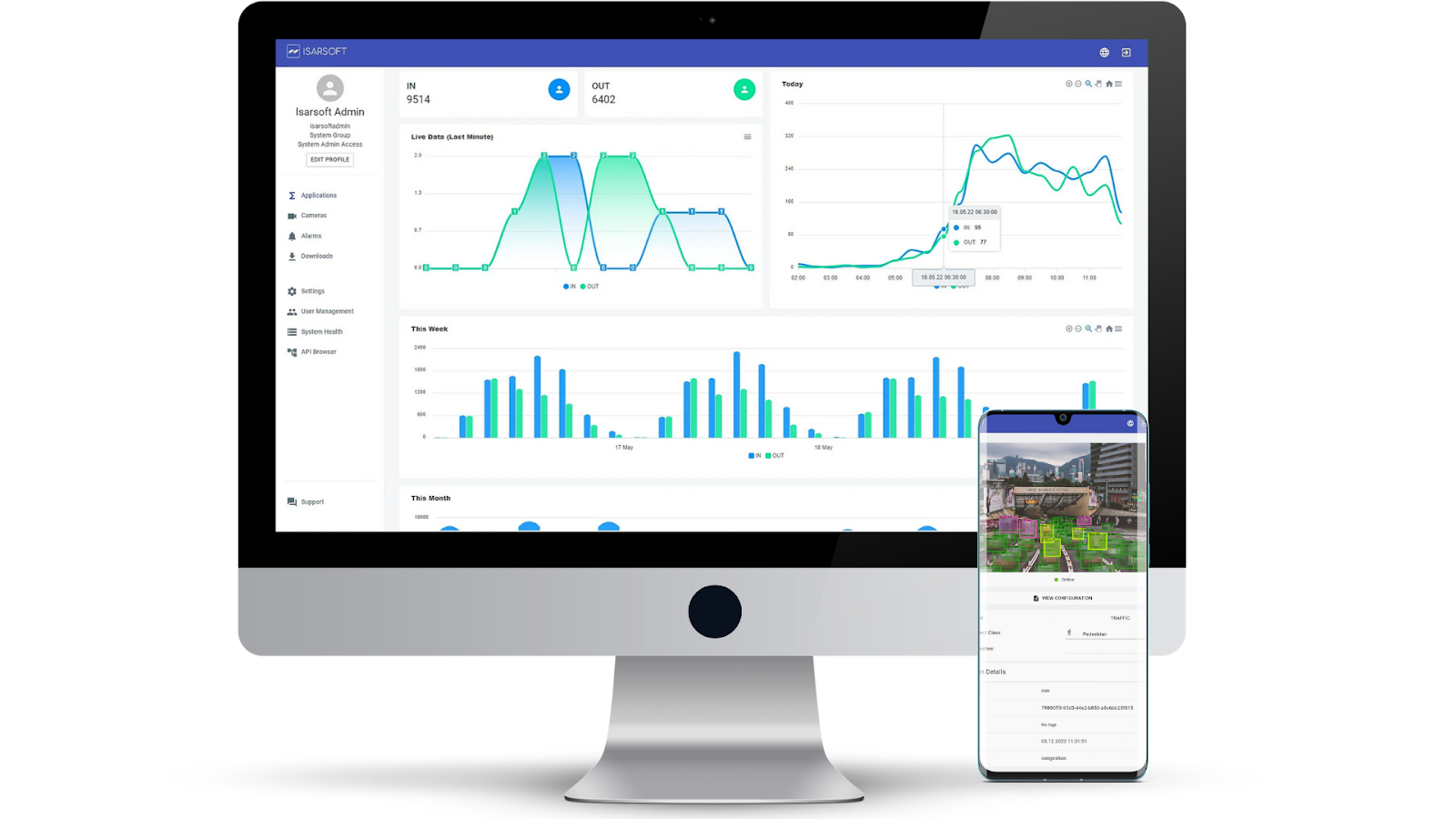
Contact us, to learn more about how to turn security cameras into intelligent sensors.
Optimize your business processes.
Utilize Isarsoft’s intelligent video analytics to optimize operations and tracking footfall traffic in real time.
